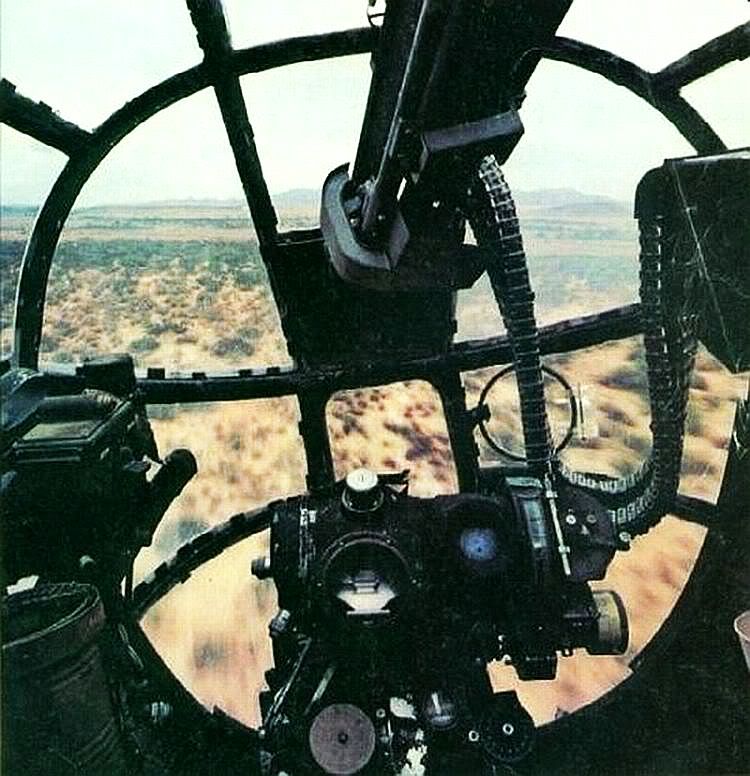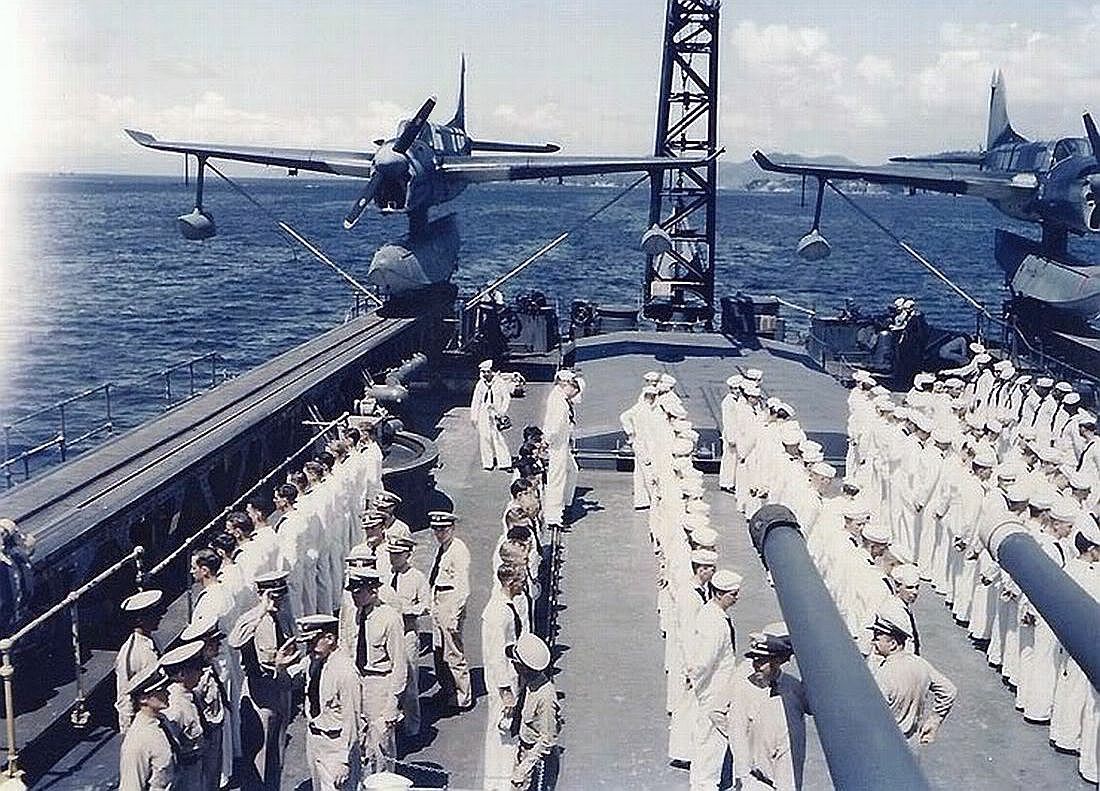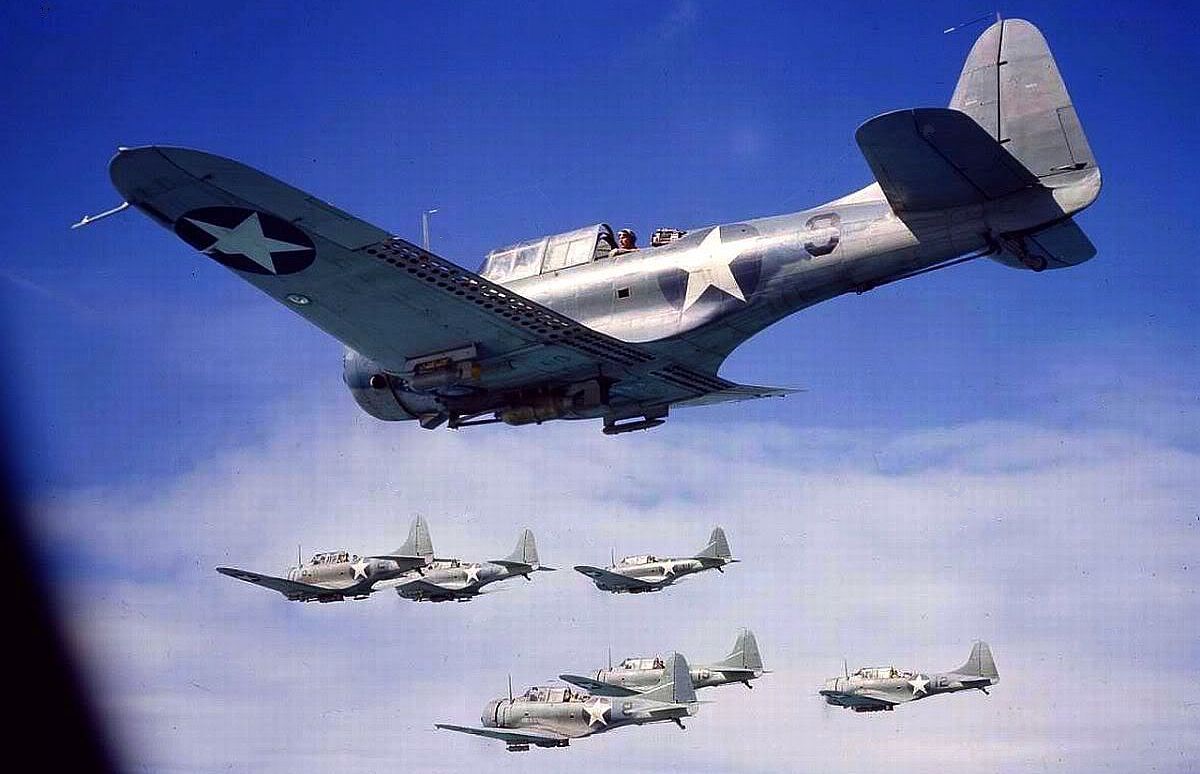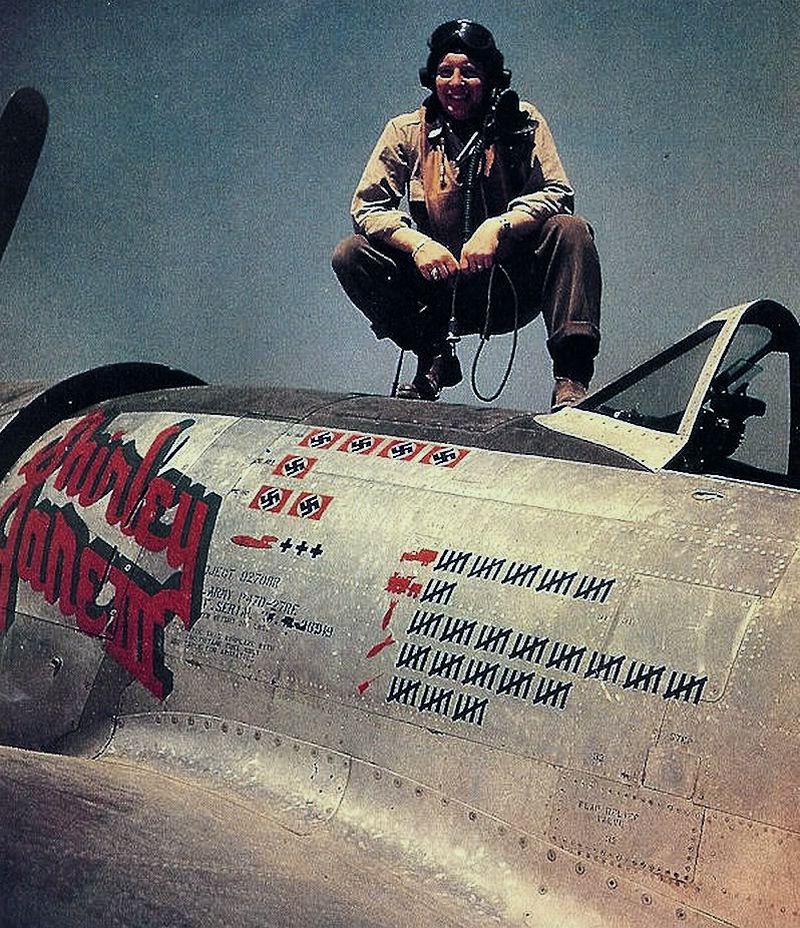emilioteles
Colaborador

A senior Wehrmacht NCO rests a Maschinengewehr 34 (MG.34) on the shoulder of a Spiess (Hauptfeldwebel) who is holding a Soviet SVT-40 rifle, somewhere on the Ostfront (Eastern Front) c.1942
"From official German field regulations, firing over No2s shoulder was a quick expedient to engage low flying enemy aircraft. Otherwise it´s not mentioned anywhere, but one can assume that it was also applied in other situations, when quick engaging targets was required and no other rest for the gunner available. (....LMG team in wheat field, engaging Russian Cavalry few hundred metres away and such)." (Battlefront.com)
(Nb. this MG 34 tripod and sling are absent which suggests that it could have been removed from a Sonderkraftfahrzeug (APV)





























 manos
manos








